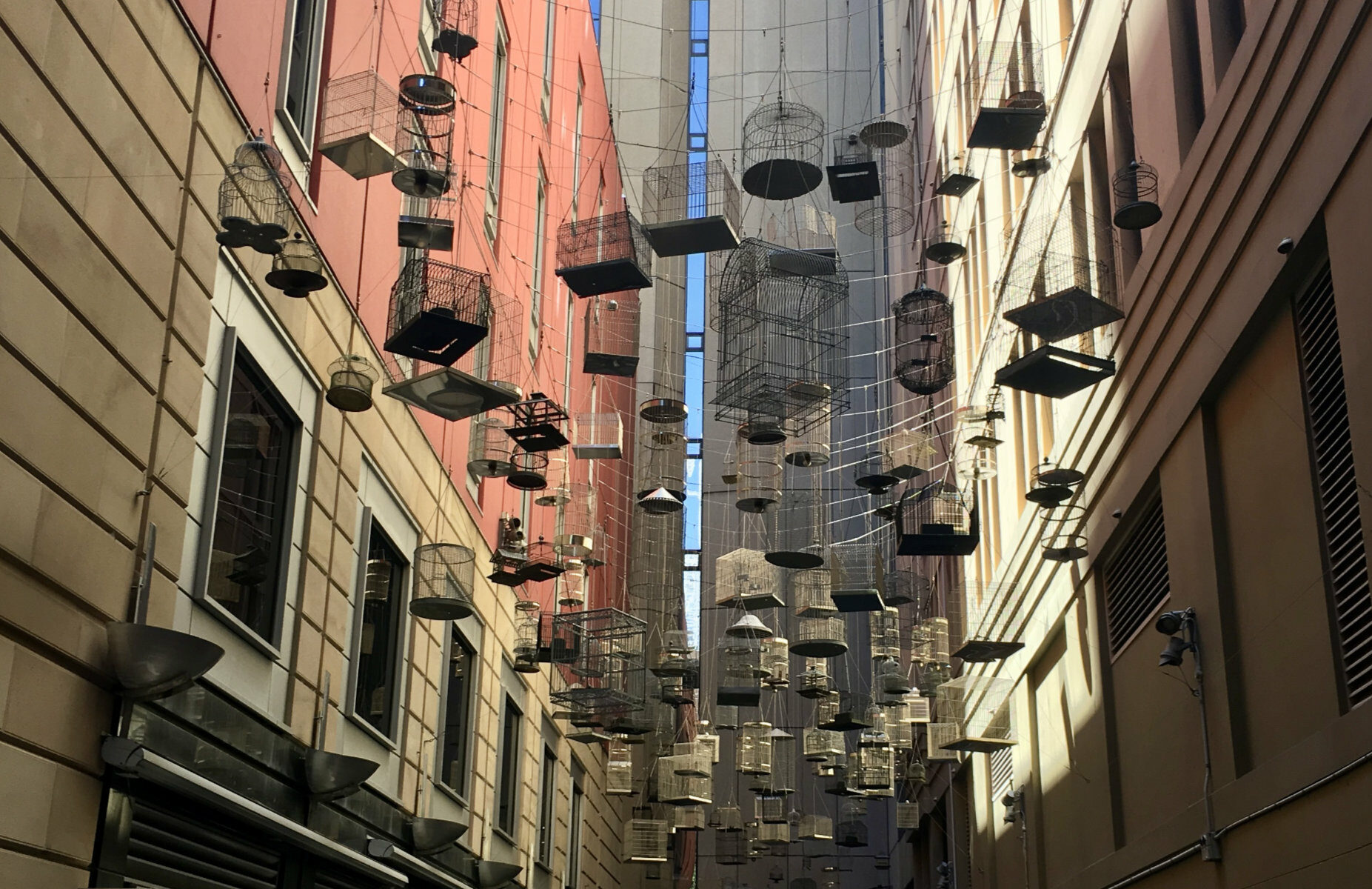Personal Disaster Recovery – part one
About last year at this time, Susie and I were knee-jerking to the fresh news of my cancer, and the first bucket list thing we jumped on was a long-discussed trip to Hawaii. It was an utterly amazing trip, and I\’m so glad we were able to go. Thanks, too, to Delta for offering me very generous flight credits to be bumped – credits that paid for most of the airfare for both of us.

We skipped town just as hurricane Florence was hitting NC, and in preparation for the storm, I had powered down most of the tech in the house before we left, with instructions for the house-sitter on what to turn on first to get the house back online. In \”normal people\’s\” houses, they turn their wireless router back on and they\’re good to go. Not so in a nerd\’s home. I had been playing with Windows Server, and had it hosting all of the DNS roles for both internal and external hosts, and it had worked pretty seamlessly up until this. When the house-sitter fired everything up, some glitch, either in the Xen server hosting everything, or in the Windows server startup kept it from completely starting, which meant that while the network was working, the router was handing out a dead address for DNS, which meant that nothing – Apple TV, the house-sitter\’s laptop, etc. – was connecting to the outside world. So, Susie\’s driving down from some gorgeous waterfall hike north of Hilo, HI, and I\’m on the phone with the house-sitter, trying to talk her through how to set a manual DNS entry on all her devices so she could do work while she was here. We got her going – mostly – and this started a conversation with Susie about how we could simplify tech around the house so that if / when something ever happens to me, she won\’t have to call in the techie friends to have them decode home tech and get it working again.
We\’d talked about this before, but a little more abstractly, when the husband of a good grad school friend died suddenly in a one-car accident. She had techie friends come over and rip out most of the late husband\’s custom home build and install a stock wireless router just so she and her kid could get on the internet. Susie didn\’t want to be in that position if at all possible.
This time it wasn\’t abstract. The goal was – without killing off technical tinkering, innovation, and learning – how to simplify and document things at home so that should something ever happen to me, that friends could step in and easily help keep her running. In the business world, companies talk and think about disaster recovery plans, and if they\’re smart, the practice them occasionally – fail over to backup servers, restore things from backup, switch to alternative network feeds. It was time to think like that for all of our home systems, but first, we had to make sure that what we were running was set up in the best way.
Roughly speaking, what we had running at home that we had to analyze was:
1. FreeNAS – running 4 fairly old 4T drives in a ZFS array, storing pics, movies, backups, and other files
2. Xen Server – running VMs for Windows Server, Win10 running Blue Iris for the home IP cameras, and two CoreOS instances hosting a bunch of docker containers – WordPress, MariaDB, Ubiquity\’s unifi controller, among others.
3. Home Networking – AT&T and Ubiquity with a mix of APs in the house and garage.
4. Physical Security – Exterior IP cameras talking to a Blue Iris VM.
More on this saga in the next segment.
